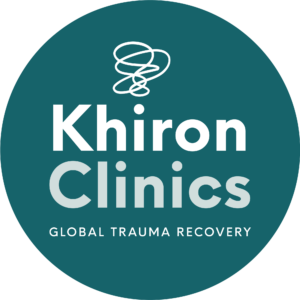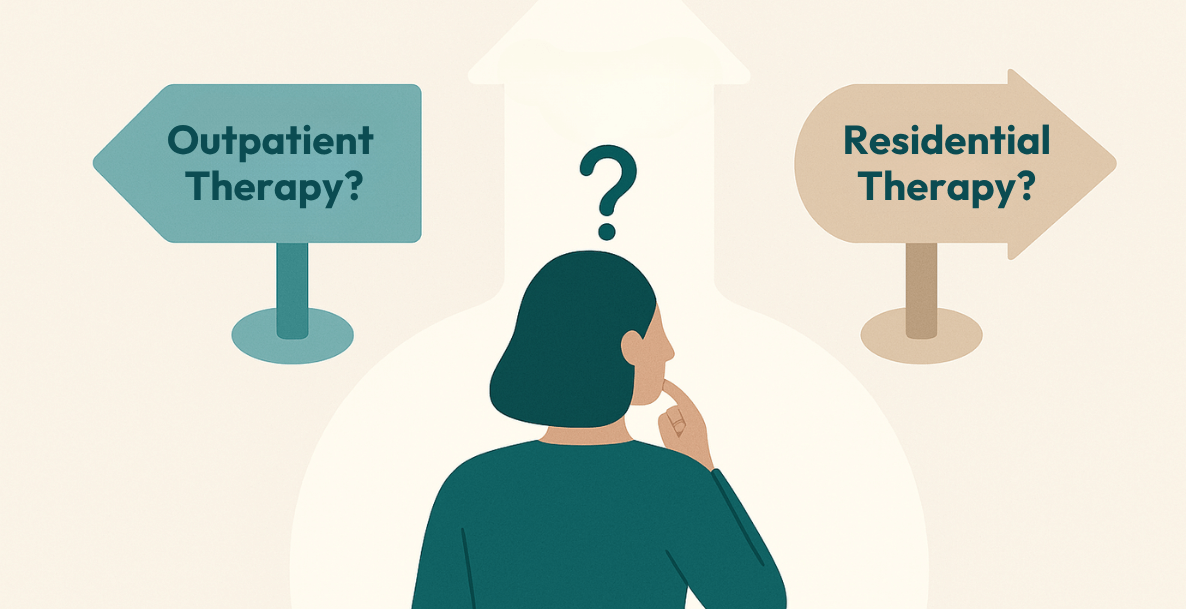There is no one-size-fits-all approach to trauma treatment – trauma is a deeply personal and complex experience that manifests differently in each individual stemming from various experiences, such as abuse, accidents, natural disasters, assault, combat, and neglect, to name just a few. It affects people in unique ways based on each individual’s psychological makeup, age, gender, life experiences and the type of trauma experienced.[1]
The non-linear journey of recovery from trauma can also mean that certain approaches are more appropriate at different stages in the journey. One methodology remains a constant source of positive change, however, and this is the bottom-up approach.
What Is The Bottom-Up Approach?
The bottom-up approach to mental health treatment focuses on addressing the physiological and sensory aspects of psychological distress before delving into cognitive or emotional processing. In essence, it starts from the foundation—addressing bodily sensations, nervous system regulation, and basic physiological needs—before moving to higher-order cognitive functions and emotional processing.
This approach recognises that the body and mind are interconnected and that dysregulation in the nervous system can contribute to mental health symptoms such as anxiety, depression, and trauma-related issues. The bottom-up approach aims to regulate the autonomic nervous system and promote safety and stability by targeting the body’s response to stress and trauma through mindfulness, breathwork, yoga, biofeedback, and sensory-based interventions.
Once the body is in a state of greater regulation and the individual feels more grounded, safe, and secure, they are better equipped to engage in other forms of therapy to address deeper emotional wounds and cognitive distortions. Overall, the bottom-up approach emphasises the importance of creating a solid foundation of physiological well-being as a precursor to effective psychological healing and work.
What Is The Difference Between Top-Down And Bottom-Up
When discussing therapy approaches, we consider both top-down and bottom-up strategies, each targeting different brain regions and starting points.
The top-down approach centres on cognitive processing, verbal communication, and present emotional awareness. It involves techniques like Cognitive Behavioral Therapy (CBT), focusing on altering thought patterns to change behaviour and learning to navigate challenges with coping strategies. Conversely, the bottom-up approach starts with engaging lower brain regions responsible for reflexes, memories, and survival responses.
The top-down approach has limitations, particularly in trauma therapy, as it primarily targets cognitive processes located in the frontal brain lobes. This logic-centric approach is likely to be effective for individuals with trauma histories, as traumatic experiences can override cognitive functions, activating the lower-down, more primal brain regions associated with the fight-flight-freeze response. Top-down strategies do not effectively address deep-seated physiological and emotional responses in trauma survivors, which are rooted in the lower areas of the brain.
Benefits of the Bottom-Up Approach
Attempting to change your internal dialogue without addressing the root cause is like mowing the weeds in a garden without pulling out their roots. While you may temporarily make the surface seem clearer, the weeds will inevitably grow back because their source has not been dealt with.
Similarly, for those grappling with underlying emotional distress, top-down strategies like altering self-talk, and learning to talk about the emotions you are feeling won’t resolve the deeper issues. Effective healing requires us to uproot the underlying causes.
Examples of The Bottom-Up Approach
Examples of the bottom-up approach in mental health treatments like deep breathing, progressive muscle relaxation, and sensory grounding exercises activate the parasympathetic nervous system, promoting relaxation and emotional regulation. Yoga, meditation, and mindfulness practices also foster bottom-up regulation by increasing body awareness and promoting present-moment experiences, bypassing cognitive defences and directly targeting physiological responses.
Additionally, trauma-focused therapies such as Eye Movement Desensitisation and Reprocessing (EMDR) utilise bilateral stimulation to access and process traumatic memories stored in the body.[2]
Somatic Experiencing (SE) focuses on releasing the trapped fight, flight, or freeze responses stored in the body after trauma. It involves tracking bodily sensations and allowing natural, instinctive movements to discharge stress and restore nervous system balance.
Sensorimotor Psychotherapy is an approach that integrates mindfulness and body-centred techniques to process traumatic memories and regulate emotions. It emphasises the importance of tracking bodily sensations, movements, and gestures to access implicit memories.
Bottom-Up Approaches and The Body
Trauma survivors often experience bodily sensations or reactions linked to trauma without consciously recognising the source. Triggers can evoke trauma responses, prompting a sense of threat to one’s safety.[3] Consequently, survivors often develop coping mechanisms that can become deeply ingrained.
For instance, someone may turn to coping mechanisms like controlling food, self-harm, or substance use to numb their emotions. A bottom-up therapeutic approach helps survivors acquire new coping skills to manage overwhelming emotions effectively. Without learning to safely experience and process feelings in the body, trauma cannot be fully addressed.
The bottom-up approach reassures individuals that their behaviour is understandable given the circumstances. It works to find a solution that serves us better, with the key understanding that rather than feeling alienated or overwhelmed by shame due to emotional reactions, there is a route to greater comfort and regulation rooted in the body.
Transforming Trauma Recovery at Khiron Clinics
At Khiron Clinics, we recognise the need to offer a wide variety of bottom-up approaches to healing from trauma. We meticulously select modalities that adhere to our Polyvagal-informed approach to trauma treatment, and curate personalised programs by combining various practices.
Using proven, effective nervous system-informed therapies based on the work of pioneers in the field including our teachers, mentors and advisors Bessel van der Kolk, Janina Fisher, Stephen Porges, Dick Schwartz, Deb Dana, Licia Sky and Linda Thai, our fundamental goal is to stop the cycle of misdiagnosis and interrupt the revolving door of treatment.
Providing effective residential and outpatient therapies for underlying psychological trauma, stress and breakdown, we aim to enhance clients’ awareness, understanding, and sense of control throughout their trauma recovery journey, ensuring lasting change and offering genuine empowerment in what is a deeply personal journey.
Sources:
[1] Olff M. Sex and gender differences in post-traumatic stress disorder: an update. Eur J Psychotraumatol. 2017 Sep 29;8(sup4):1351204. doi: 10.1080/20008198.2017.1351204. PMCID: PMC5632782.
[2] https://emdrresearchfoundation.org/emdr-info/
[3] Kuhfuß M, Maldei T, Hetmanek A, Baumann N. Somatic experiencing – effectiveness and key factors of a body-oriented trauma therapy: a scoping literature review. Eur J Psychotraumatol. 2021 Jul 12;12(1):1929023. doi: 10.1080/20008198.2021.1929023. PMID: 34290845; PMCID: PMC8276649.






